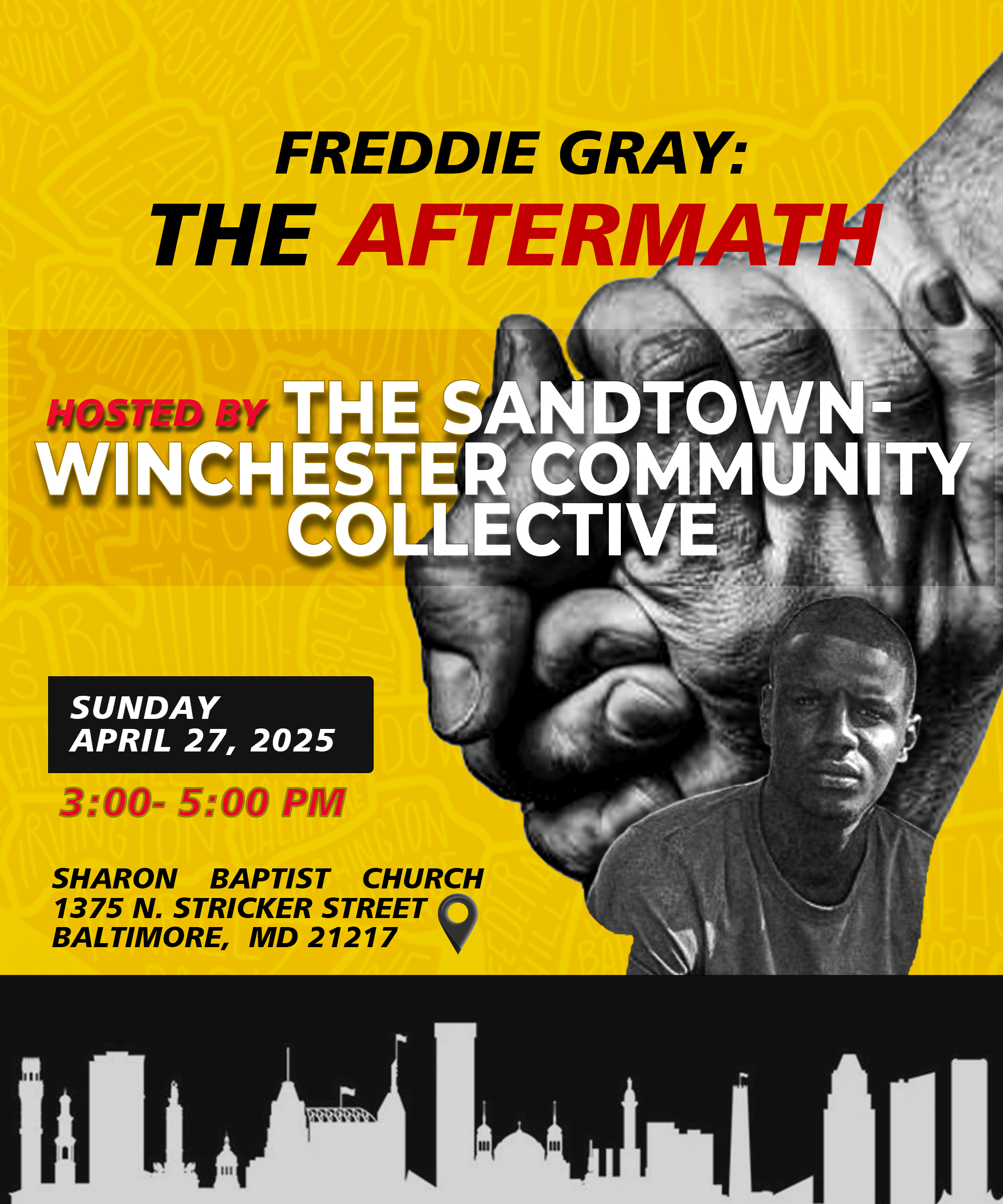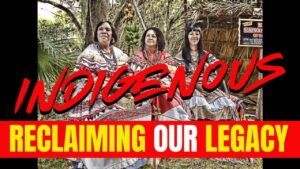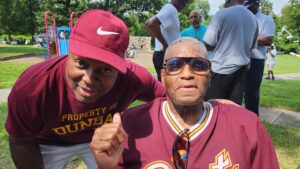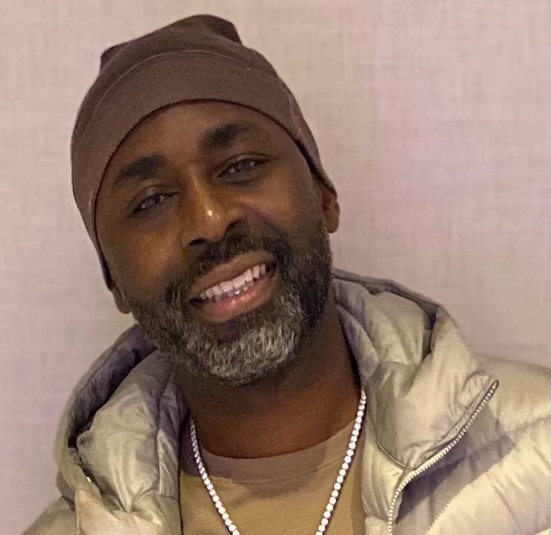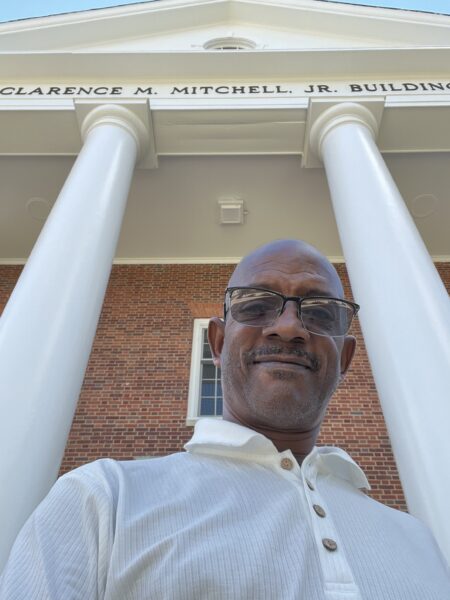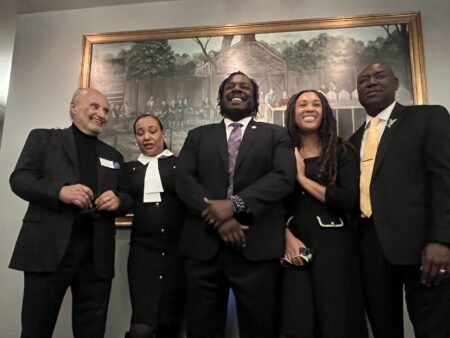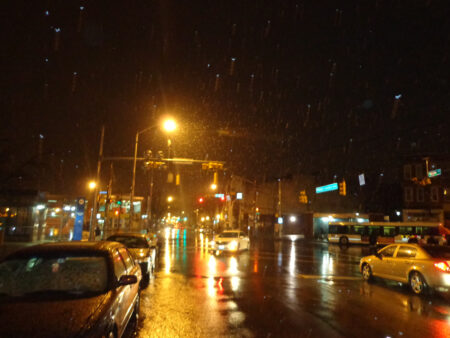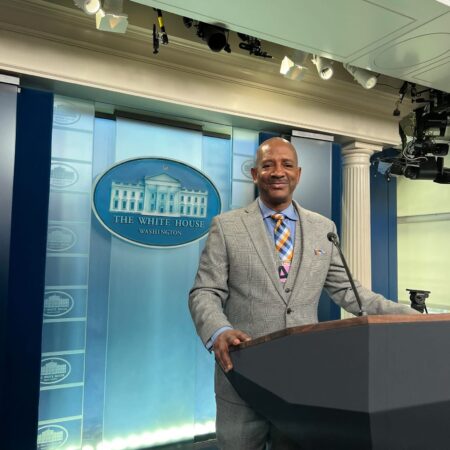(BALTIMORE – April 23, 2025) – This year marks the tenth anniversary of the death of Freddie Gray. We knew this day would come, and we’ve been praying for the wisdom to hear and share God’s message to the people.
In recent weeks, reporters from various news outlets and representatives from numerous organizations have reached out to BMORENews.com, all asking the same question: Who has done what since then? My answer has been the same to each one—I’ve invited them to come to church with me this Sunday, April 27th, from 3 to 5 p.m. at Sharon Baptist Church in Sandtown. Come and see the truth for yourself.
As a journalist for nearly 30 years, no story has touched my life more deeply than that of Historic West Baltimore’s Sandtown community. Bounded by North and Fulton, stretching east to Historic Pennsylvania Avenue, down to Fremont, south to Lafayette Avenue, and back to Fulton, this is the place where I call home.
From 1994 to 2001, I served as Co-Editor and then Editor of the Sandtown-Winchester ViewPoint Newspaper. This is where I cut my teeth in journalism—telling stories from an indigenous perspective that no one else would or could tell. I live here. I love it here. And I’m especially sensitive to the constant mischaracterizations of this community, often by people who haven’t taken the time to truly understand it.
Since the 1990s, Sandtown has been flooded with nonprofits promising progress, yet many have been more focused on profits than people. Yes, we have challenges—21217 has one of the highest recidivism rates in the state. But we also have homeowners, business owners, professionals, and college graduates from institutions like Coppin State and Morgan State. We are city planners, teachers, mechanics, government workers—even celebrities like actor and singer Richard Burton.
We stand on the shoulders of giants. The late Tina Thompson—a small woman with a mighty presence on North Fulton—held the city accountable for services. My piano teacher, the brilliant Barton L. Bonds of Carrollton Avenue, was a master of the piano and the Hammond organ. Mr. Walter Thomas, always in a derby and trench coat, was a Sandtown business icon who owned multiple properties and, according to my late father, Baltimore’s first drive-thru restaurant. And while I never met George G. Kelson, I know he was a respected mortician, like my father, who was succeeded by Vernon Bailey on Calhoun Street. That’s why the decision to remove Kelson’s name from the school—and rename it Sandtown-Winchester Academy—felt so wrong. (Whew, I finally said it.)
Maybe that’s the lesson we need to hold onto most: that as a beautiful, resilient, and talented Black community, we must never forget our roots. When we remember who we are—and Whose we are—we can live in peace. But when we forget our greatness, or when our community’s worth is undermined by unjust policing or government neglect, we risk another Freddie Gray.
This Sunday, you’ll hear from the real people with real boots on the ground. They showed up then, and they’ve kept showing up ever since—because that’s what real people do. Folks like Stokey Cannady (Tune in to our interview on Hiphop Chronicles with Mike Nyce) Thursday at midnight on WEAA 88.9 FM, Tracey Malone, Minister C. D. Witherspoon, Bishop Kevia Elliott, Bishop Kevin Daniels, and Senator Antonio Hayes. They’ll be at Sharon Baptist, standing in the spirit of love and empowerment.
Come hear the truth for yourself. Save your seat: FreddieGray.eventbrite.com.
